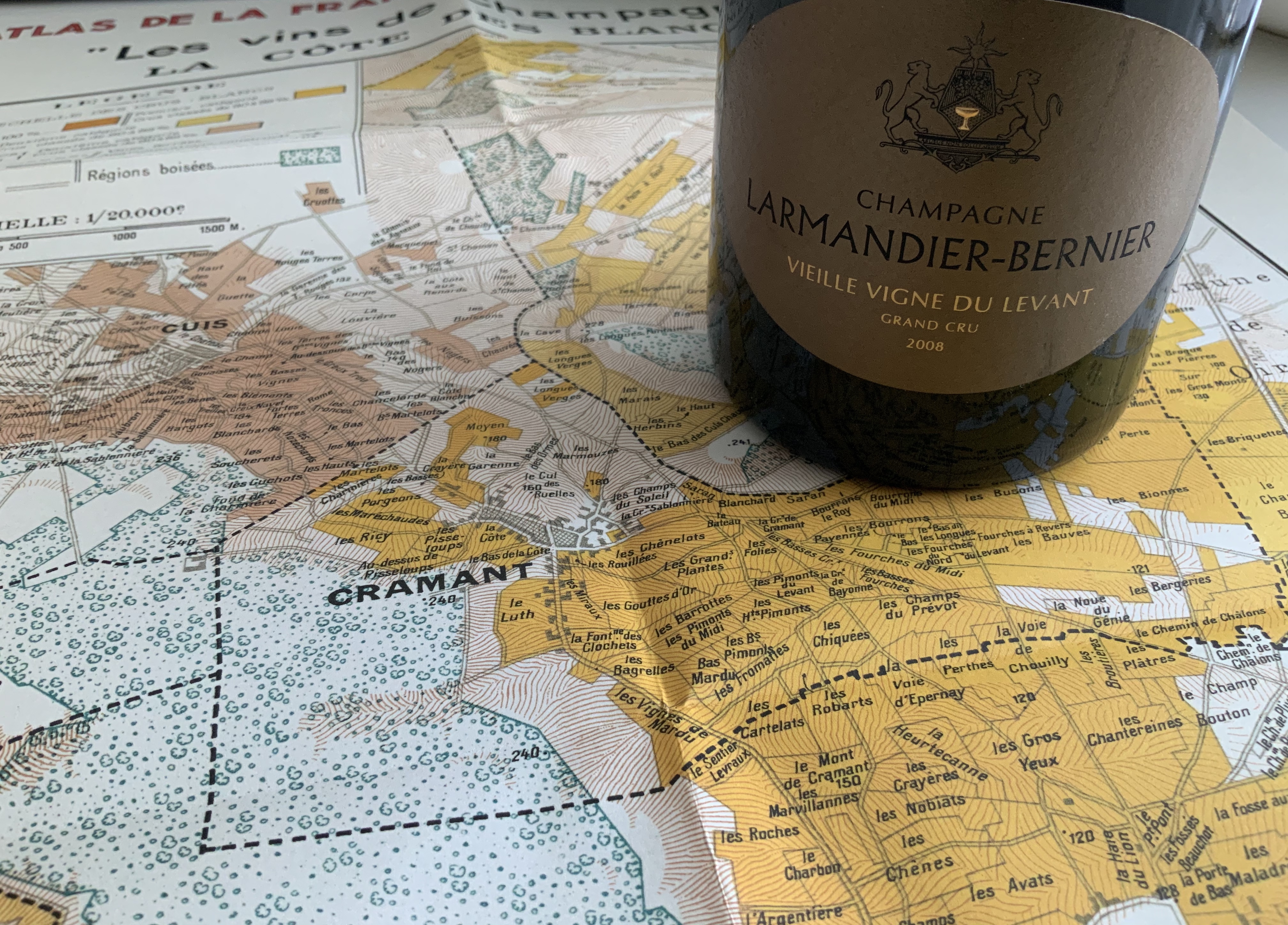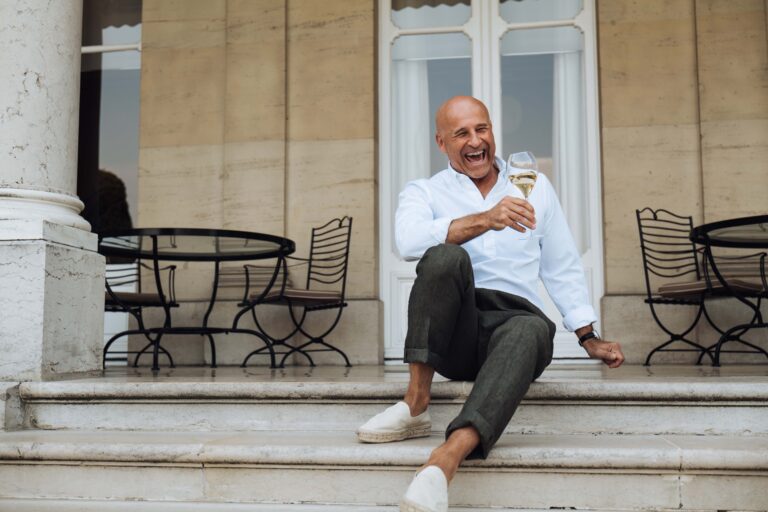Estimated reading time: 8 minutes

CIVC – Champagne’s patron
All unique and amazing things and phenomena must have someone who maintains greatness and protects them. In Champagne’s case, the lot has fallen to CIVC, Le Comité interprofessional du vin de Champagne, or Comité Champagne as they simply call themselves everyday nowadays. Few organizations have taken their responsibility more seriously than this industry organization than these champagne knights. The organization is exemplary and highly democratically governed where all parties work together in a fascinating way. There is no doubt that champagne is fantastic and unique as the world’s foremost and most important wine, and the intrusions are therefore very numerous and seriously frequent.
The main task of the control body is to coordinate the interests of the wine growers and the champagne houses. The organization strives for quality at all stages through legislation and control. For example, top-quality vines are rewarded and yields are carefully regulated. A tasting committee stops the worst wines and imposes harsh penalties on anyone who violates the tough rules for champagne production. Another of the CIVC’s tasks is to protect the Champagne brand and it acts quickly against anyone who improperly tries to take advantage of the name.
The organization was formed in the middle of a burning world war, 1941, at the same time as the Germans occupied Champagne. The district’s wine producers felt the need to rally against both the occupying power and the Vichy government and it was Moët & Chandon’s Robert-Jean de Vogüé who took the initiative for the CIVC and at the same time became the person to negotiate with the Germans and their representative Otto Klaebisch. vernacular went by the less flattering name, ‘The Champagne Führer’.
During my first trips to Champagne, I received a lot of help in organizing my visits to the growers of CIVC. As I have become good friends with so many actors in the district, my need for help has diminished and we have sadly lost contact. Through my good friend Laurent d´Harcourt at Pol Roger we met again 15 years later and it was a very interesting meeting. Laurent is the champagne houses’ representative and during the meeting I got to meet the entire management and the representatives of the different groups. We managed to deal with the whole district’s most urgent issues such as the whole precarious situation with Russia’s strange use of the name shampanskoye (former Sovetskoye Shampanskoye – Сове́тское шампа́нское), climate change, the ecological wave, the growing importance of vineyard wines, the presence of champagne producers in other wine regions, my RJ wines and Sydfrank wines. without alcohol, the problem with wine writers who let champagne compete against inferior sparkling wines during increasingly important wine fairs.
Most exciting for me was to hear that my goal of being virtually up to date on which champagne producers make their own champagne and who make champagne under their own name but on the same wine as lots of others from a cooperative is a utopian goal.
Charles Goemaere, General Director, told me that this year alone, 800 new brands have been registered and about 500 have disappeared. Add to that the fact that more and more producers today are both R-M and N-M when they buy grapes for certain wines and you understand that it is just a matter of putting down the idea of being completely updated even if we do our best at Champagne Club.
Our rewarding meeting ended with a tour of the house’s museum, or ‘room of horror’ as we jokingly came to check out this chamber filled with objects that abused the name Champagne in the most strange and sometimes quite comical ways. Here were everything from places named Champagne or village names identical to those in Champagne to diapers with a champagne scent, (I wonder if it smelled Krug or Cristal about the baby butt that carried them?).





After my visit, I felt even more convinced that I want to stay up to date on how CIVC works and that I feel an incredible loyalty to the body’s goals and paths to the goal, even though the tools can sometimes be a bit blunt and bureaucratic. Ultimately, we are all champagne ambassadors and knights who work to keep Champagne clean and beautiful at the top of the wine pyramid.
Key dates
1843
Champagne producers join forces to defend their common heritage, successfully suing producers of sparkling wines for passing off their products as Champagne.
1908
Adoption of national and international provisions on protection; granting of formal recognition to the first ‘appellations d’origine’, which include Champagne.
1941
Founding of the Comité Interprofessionnel du Vin de Champagne (Comité Champagne). With the backing of the INAO (Institut National de l’Origine et de la Qualité), the CIVC becomes responsible for defending the Champagne appellation. Its first priority is to prevent misuse of the name Champagne to describe sparkling wines, whether fakes being passed off as Champagne, or sparkling wines from other regions that use the name Champagne as a generic term (eg American Champagne).
1984
The Comité Champagne lobbies to extend unfair use of the name Champagne to any product or service that trades off and damages the AOC’s reputation. This ‘additional’ level of protection is approved by the French justice system before being written into French law.
2013
The Champagne appellation’s right to protection against acts of unfair competition, by any product or service whatsoever, is now established and recognized throughout the European Union and in many other countries, extending to South Korea and Columbia, for instance.
2019
Singapore, Cambodia, Laos, Turkey, Canada, Ecuador, Vietnam and Haiti are among the 121 countries where the Champagne appellation is protected.

Extending AOC protection beyond the wines and spirits trad
The name Champagne is so famous that unfair use is not confined to the wines and spirits trade: witness the “Champagne” cigarette marketed by the SEITA. It was finally withdrawn after a three-year long battle by the CIVC that helped the INAO to pass vital legislation on 2 July 1990 protecting an AOC’s reputation.
According to the Law of 2 July 1990:
A geographical name or any other reference denoting an Appellation d’Origine shall not be used in connection with any similar product or any product whatsoever where such use is likely to misappropriate or weaken the reputation of an Appellation d’Origine.
In virtue of this law, the Comité Champagne and the INAO won their case against Yves Saint Laurent following the company’s multinational launch of a perfume called “Champagne”. One of the outcomes of the case was a ruling by the Paris Court of Appeal in 1993 confirming that use of the Champagne name was exclusively reserved for wines originating and produced in Champagne.
Flurry of international agreements
Under pressure from the Comité Champagne and INAO, also with strong support from the EU, numerous agreements for the reciprocal protection of names between countries are already in place. The challenge today is to negotiate multilateral protection agreements between all the Member States of the World Trade Organisation (WTO).
Principal multilateral agreements:
- 1891 Madrid Protocol (original Protocol member countries: Brazil, Spain, France, Portugal, Czech Republic, Switzerland, Tunisia) .
- 1958 Lisbon Protocol: originally 16 Protocol member countries.
- 1994 Provisions of the Marrakech agreement (including TRIPS – Trade Related Aspects of Intellectual Property): 162 Member States of the WTO today.
Under pressure from the Comité Champagne and INAO, also with strong support from the EU, numerous agreements for the reciprocal protection of names between countries are already in place. The challenge today is to negotiate multilateral protection agreements between all the Member States of the World Trade Organisation (WTO).
FIND OUT MORE
In case of doubt regarding counterfeiting or misuse of the Champagne AOC (Appellation d’Origine Controlée), please kindly contact them : protection@champagne.fr.





